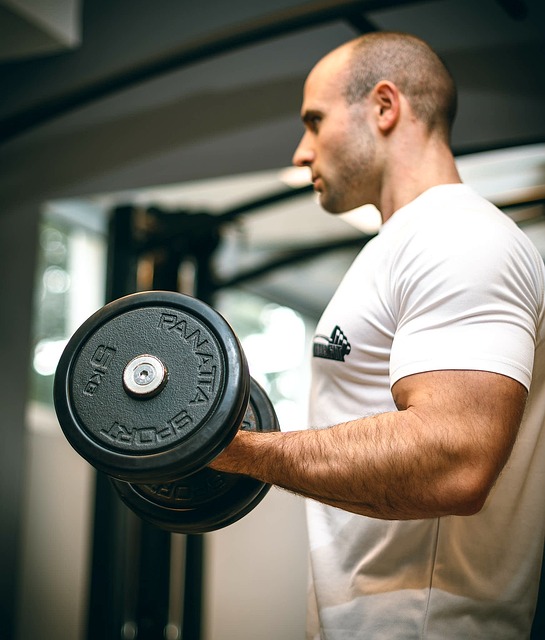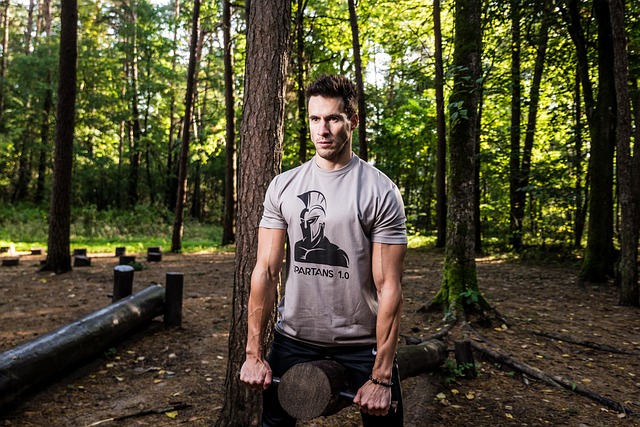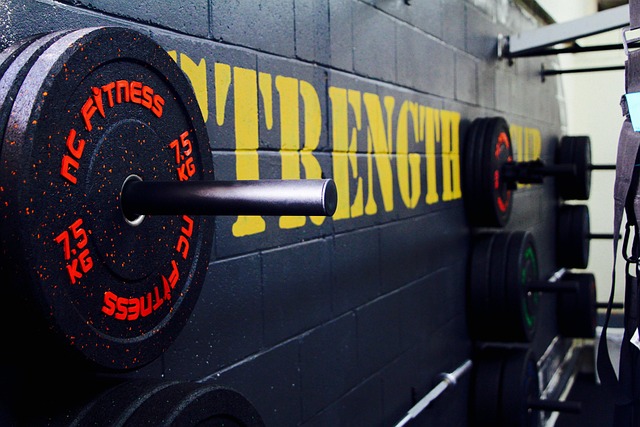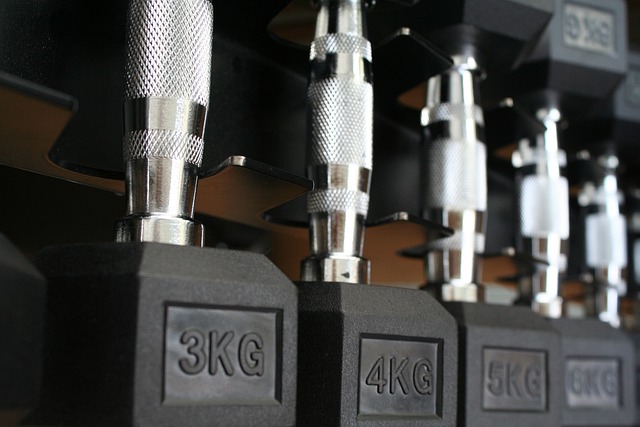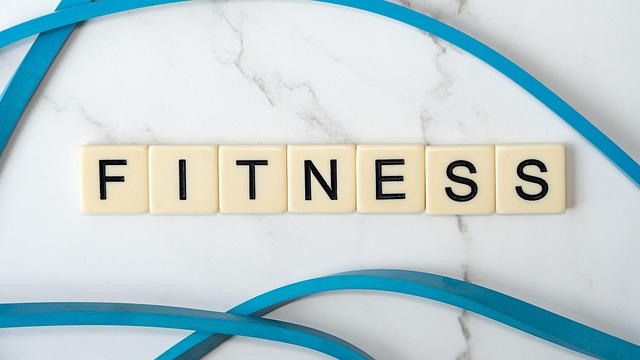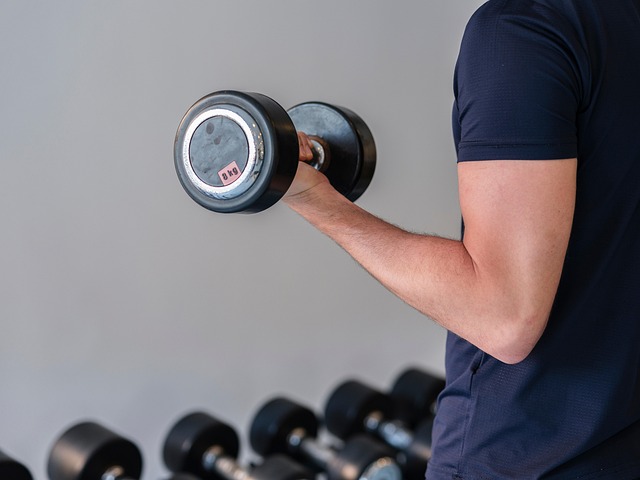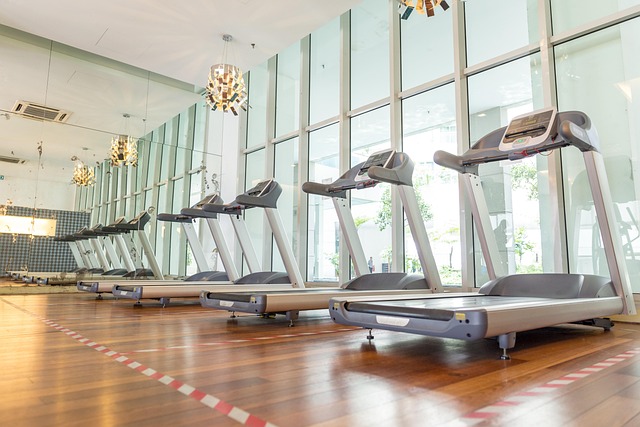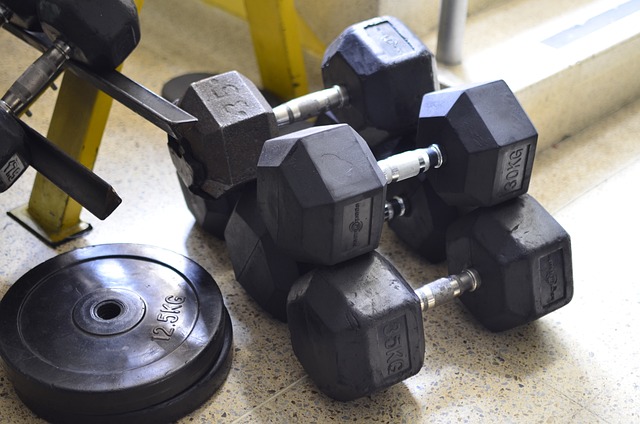Weightlifting is a powerful tool for building strength, improving endurance, and enhancing overall fitness. However, like any physical activity, it comes with risks if not approached with care and proper technique. Whether you’re a beginner just starting your weightlifting journey or an experienced lifter looking to refine your practices, understanding and implementing safe weightlifting techniques is essential. This article delves into the key principles of safe weightlifting, offering actionable advice to help you stay injury-free while maximizing your performance.
1. Prioritize Proper Form Over Heavy Weights
One of the most common mistakes in weightlifting is prioritizing heavy weights over proper form. While lifting heavier may seem like the fastest way to progress, poor form can lead to serious injuries such as strains, sprains, or even long-term joint damage.
- Start Light: Begin with lighter weights to master the movement patterns before gradually increasing the load. This allows your muscles, joints, and nervous system to adapt.
- Focus on Technique: Pay close attention to your posture, alignment, and range of motion. For example, during a squat, ensure your knees track over your toes, your back remains neutral, and your core is engaged.
- Seek Guidance: If you’re unsure about proper form, consider working with a certified trainer. They can provide personalized feedback and correct any errors before they become ingrained habits.
2. Warm Up Effectively
A proper warm-up prepares your body for the demands of weightlifting by increasing blood flow, loosening muscles, and enhancing joint mobility. Skipping this step can leave you vulnerable to injury.
- Dynamic Stretching: Incorporate dynamic stretches like leg swings, arm circles, and torso twists to activate your muscles and improve flexibility.
- Light Cardio: Spend 5-10 minutes on low-intensity cardio, such as jogging or cycling, to elevate your heart rate and warm up your entire body.
- Movement-Specific Drills: Perform exercises that mimic the movements you’ll be doing during your workout. For instance, if you’re planning to deadlift, practice light hip hinges to prepare your hamstrings and lower back.
3. Use Appropriate Equipment
The right equipment can make a significant difference in ensuring safety during weightlifting.
- Footwear: Invest in shoes designed for weightlifting. Flat-soled shoes provide stability and balance, while cushioned running shoes may compromise your form.
- Belts and Wraps: Weightlifting belts can support your core during heavy lifts, but they should not replace proper bracing techniques. Knee sleeves and wrist wraps can also offer additional joint support when needed.
- Grip Assistance: If your grip is a limiting factor, consider using chalk or lifting straps to maintain control without straining your hands.
4. Progress Gradually
Progressive overload—the gradual increase in weight, reps, or intensity—is crucial for building strength. However, rushing this process can lead to overtraining or injury.
- Follow the 10% Rule: Increase the weight or volume by no more than 10% per week to allow your body adequate time to adapt.
- Listen to Your Body: Pay attention to signs of fatigue, soreness, or discomfort. Pushing through pain is never advisable and can exacerbate existing issues.
- Incorporate Deload Weeks: Every 4-6 weeks, reduce the intensity of your workouts to give your body a chance to recover fully.
5. Engage Your Core and Stabilize Your Body
A strong, engaged core is the foundation of safe weightlifting. It helps stabilize your spine and transfer force efficiently during compound movements.
- Brace Your Core: Before each lift, take a deep breath into your diaphragm and tighten your abdominal muscles as if preparing for a punch. Maintain this tension throughout the movement.
- Avoid Hyperextension: Be mindful of overarching your lower back, especially during exercises like squats and deadlifts. Keep your pelvis neutral to protect your spine.
- Strengthen Supporting Muscles: Incorporate accessory exercises like planks, bird dogs, and side planks to build core strength and stability.
6. Respect Rest and Recovery
Rest is just as important as training itself. Without adequate recovery, your muscles and connective tissues cannot repair and grow stronger.
- Sleep Well: Aim for 7-9 hours of quality sleep per night to support muscle recovery and hormonal balance.
- Active Recovery: On rest days, engage in low-intensity activities like walking, yoga, or swimming to promote blood flow without overtaxing your body.
- Nutrition Matters: Fuel your body with a balanced diet rich in protein, carbohydrates, and healthy fats to aid muscle repair and energy replenishment.
7. Know When to Stop
Sometimes, the safest thing you can do is stop. Ignoring warning signs or pushing beyond your limits can result in severe injuries.
- Recognize Fatigue: If you feel unusually tired, shaky, or unable to maintain proper form, it’s time to end your session.
- Address Pain Immediately: Sharp or persistent pain is a red flag. Stop the exercise and consult a healthcare professional if necessary.
- Avoid Ego Lifting: Competing with others or trying to lift more than you’re capable of can be dangerous. Focus on your own progress and celebrate small victories.
8. Customize Your Routine
Every individual has unique strengths, weaknesses, and goals. Tailoring your weightlifting routine to suit your needs ensures both safety and effectiveness.
- Assess Your Weaknesses: Identify areas where you struggle and incorporate exercises to address them. For example, if your shoulders are weak, include targeted shoulder strengthening exercises.
- Balance Your Program: Ensure your routine includes a mix of upper body, lower body, and core exercises to prevent muscular imbalances.
- Set Realistic Goals: Establish achievable short-term and long-term goals to stay motivated and track your progress.

